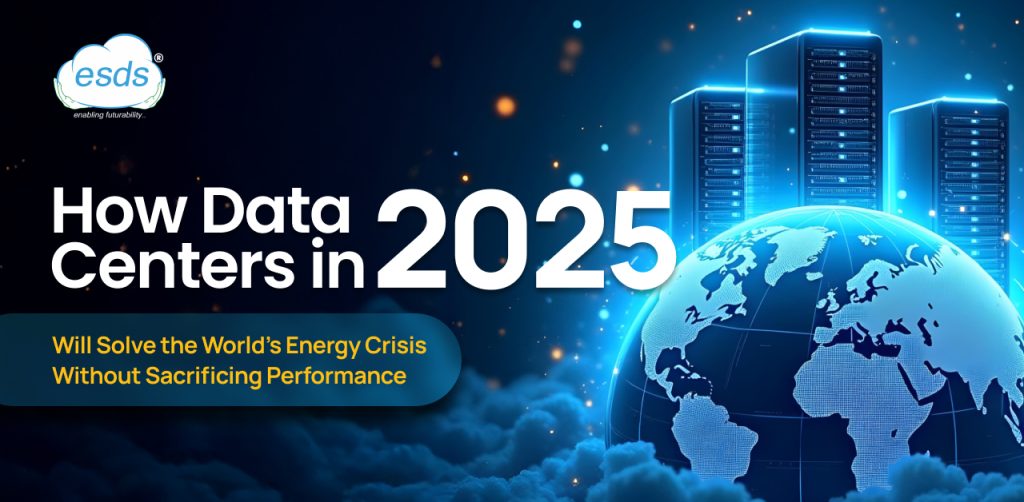
In the context of an unfolding energy crisis, data centres stand out as both part of the challenge and part of the solution. The transformation of services over the internet via cloud computing, IoT devices, AI, and big data analytics has increased the need for important data center resources exponentially. However, this development comes with a great drawback: energy usage.
Data centers are said to consume between 1-2% of the global electricity shares, and these figures are said to go up sharply with the increasing pace of digitalization. In India alone, “the sector spent close to 2.5 TWh of electricity in 2023, a number that is predicted to reach 5 TWh by 2025 during the transition phase.” With growing apprehensions about the impact of activities on the environment, data center service providers are adopting advanced technologies to optimize their efficiency and energy consumption at the same time.
The Energy Dilemma of Data Centers
Modern data centers house thousands of servers, cooling systems, and auxiliary equipment, operating 24/7 to support global digital needs. This continuous operation translates to massive energy requirements. According to a 2023 study, global data centers consumed around 340 TWh, contributing significantly to carbon emissions. This energy-intensive nature raises questions about their sustainability.
In India, the scenario is equally pressing. With the country poised to become a global digital hub, the data center sector is projected to reach a staggering 10 TWh in energy consumption by 2030. This increase underscores the urgent need for innovative energy management and greener practices.
The 2025 Revolution: Green and Smart Data Centers
The future of data centers lies in a combination of sustainability and advanced technology. Here’s how data center providers are addressing the energy challenge without compromising on performance:
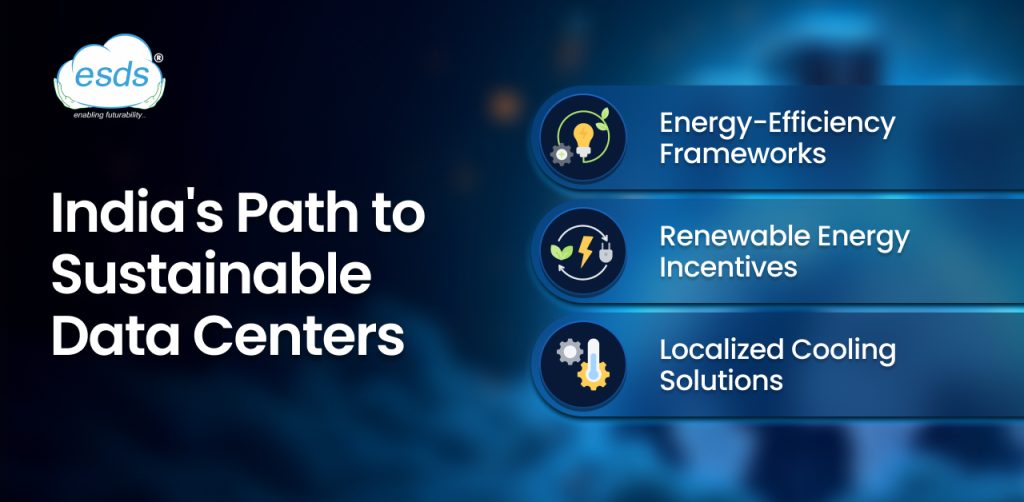
1. Integration of Renewable Energy Sources
Data center operators are increasingly turning to renewable energy solutions, including solar, wind, and hydroelectric power, to reduce reliance on fossil fuels. Globally, the shift toward green energy has gained momentum, with renewable sources expected to combine a significant portion of the power mix by 2028.
Now India is taking significant actions. A substantial percentage of new data centers are being designed to run on renewable energy, aided by government incentives and corporate sustainability goals. This transition not only reduces emissions but also stabilizes operational costs by mitigating exposure to volatile energy prices.
2. Advanced Cooling Technologies
Cooling systems are among the largest energy consumers in data centers. Traditional air-conditioning systems are being replaced by more efficient alternatives like liquid cooling and free-air cooling. These methods use advanced designs to maintain optimal temperatures with minimal energy consumption.
Innovative cooling solutions are particularly critical in India, where high ambient temperatures pose unique challenges. Energy-efficient cooling not only supports sustainability goals but also ensures the reliability of data center servers, which are sensitive to temperature fluctuations.
3. AI-Powered Energy Optimization
Machine learning and AI now make it possible to optimize data center management through anticipating maintenance on systems, resource placement, and energy use management in real time. Smart AI systems can switch off unnecessary workloads, dormat servers during non-usage periods, etc., as well as keep monitoring and controlling Power Usage Effectiveness (PUE) metrics.
For instance, machine learning-based cooling models are able to estimate the server load cooling demand in terms of external temperatures and utilize energy sources smartly with assurance that the system power will be where it should be.
Ensuring Security and Scalability
While addressing energy concerns, data center service providers must also prioritize data center security and scalability to meet the growing demands of digital ecosystems. Advanced technologies such as zero-trust security frameworks, edge computing, and modular data centers are enabling providers to deliver seamless, secure, and scalable solutions.
Enhanced Security Measures
With the proliferation of cyber threats, data center management companies are investing heavily in multi-layered security protocols, including AI-driven threat detection, encryption, and physical access controls. These measures ensure the protection of critical data while minimizing downtime and energy waste caused by potential breaches.
Modular Data Centers
Modular designs allow for incremental expansion, reducing upfront energy costs and ensuring that capacity grows in line with demand. This flexibility makes modular setups an attractive option for top data centers in India, where rapid scalability is crucial.
India’s Path to Sustainable Data Centers
India’s growing data center market offers immense opportunities for growth, but sustainability must remain at the forefront. The government, along with industry stakeholders, has introduced several initiatives to promote greener practices:
• Energy-Efficiency Frameworks: Collaborations between research institutions and industry bodies have led to the development of best practices for energy-efficient data center management.
• Renewable Energy Incentives: Policies promoting solar and wind energy adoption are driving the green transition for data center services in India.
• Localized Cooling Solutions: Advanced cooling technologies tailored for Indian climatic conditions are gaining traction, enabling both cost and energy savings.
The Road Ahead
By 2025, the convergence of renewable energy, AI-driven optimization, and advanced cooling technologies will redefine the way datacenter providers operate. These advancements will enable data centers to meet the growing demand for digital services while mitigating their environmental impact.
India’s data center industry, with its rapid growth and increasing focus on sustainability, is well-positioned to lead this transformation. As top data centers in India embrace these innovations, they will not only contribute to solving the world’s energy crisis but also set benchmarks for responsible and efficient operations.
In a world increasingly dependent on digital infrastructure, the dual goals of performance and sustainability are no longer mutually exclusive. With smart investments and a forward-looking approach, data center services can pave the way for a greener, more connected future.
ESDS: Pioneering Sustainable Data Center Solutions
At the forefront of this revolution is ESDS Software Solutions Ltd., a trusted name in the industry renowned for offering innovative and sustainable data center services. With a commitment to delivering high-performance data center servers and advanced cooling systems, ESDS is setting new benchmarks for efficiency and reliability.
ESDS is not just a leader in technology but also a pioneer in environmental responsibility. By integrating renewable energy sources and cutting-edge energy optimization techniques, ESDS ensures that its data center services in India align with global sustainability goals.
Whether you are a growing business or an established corporation, ESDS provides secure, scalable, and energy-efficient solutions tailored to your needs. Partner with ESDS and experience how the right data center service providers can help your organization thrive in a sustainable digital ecosystem.
Choose ESDS. Innovate responsibly. Power the future.






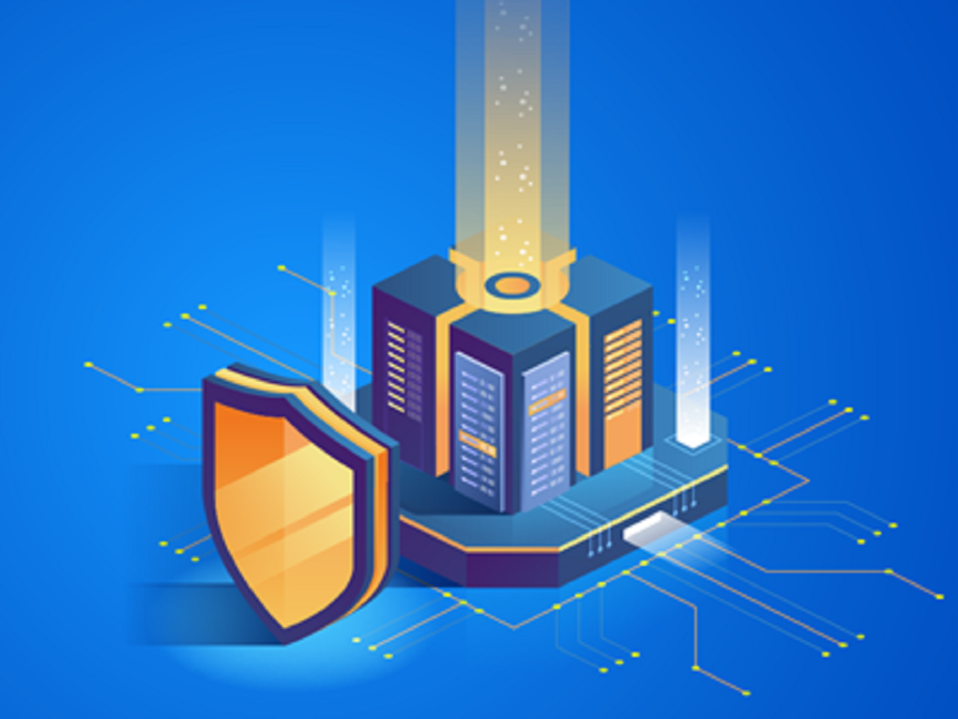



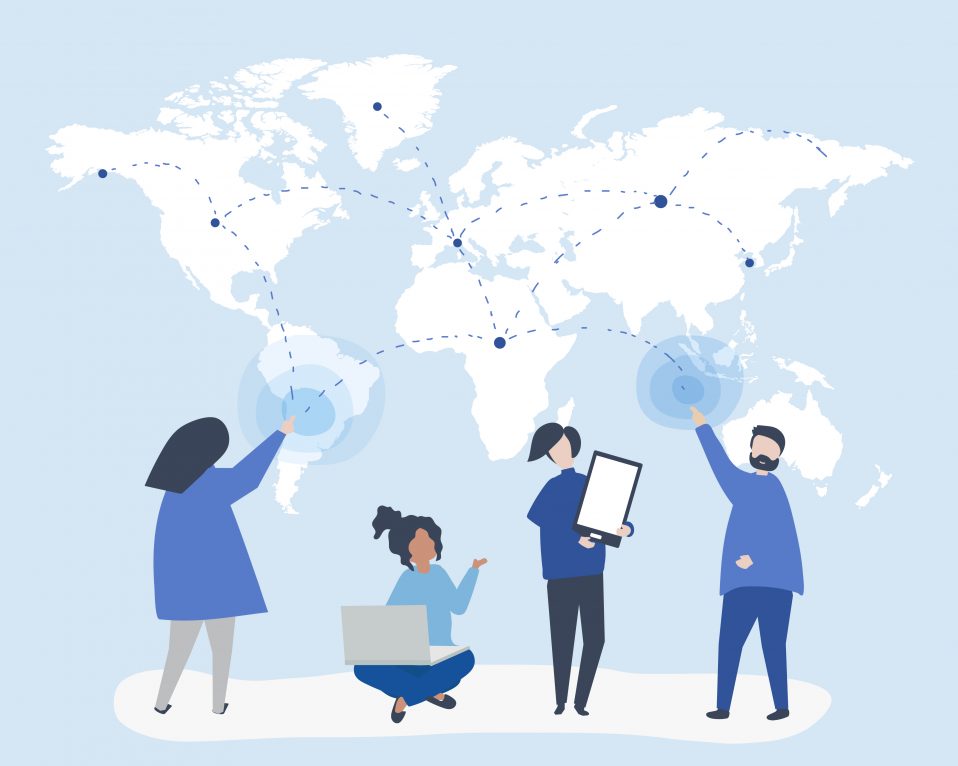

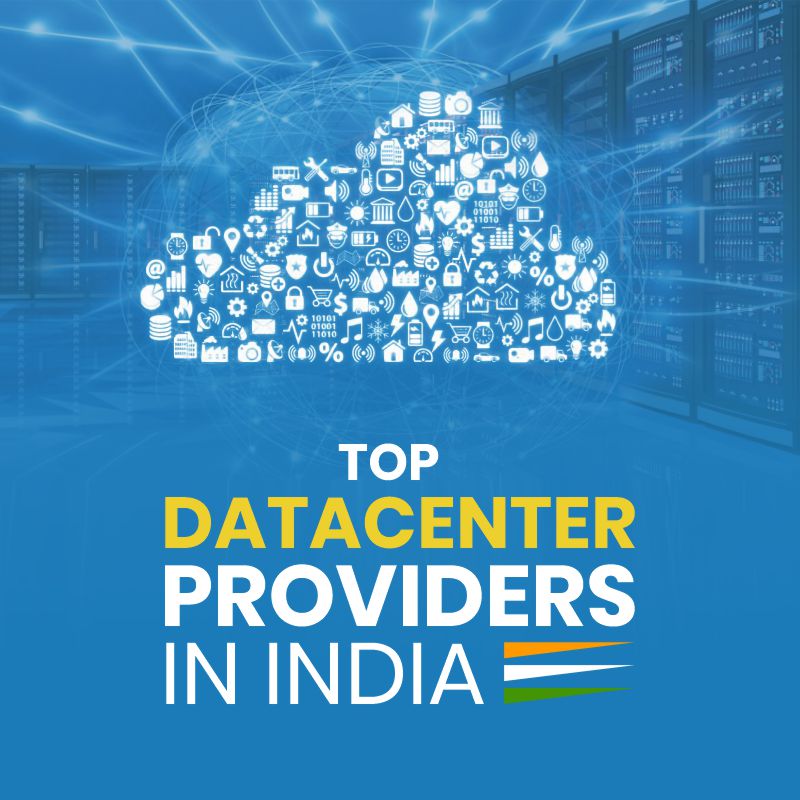

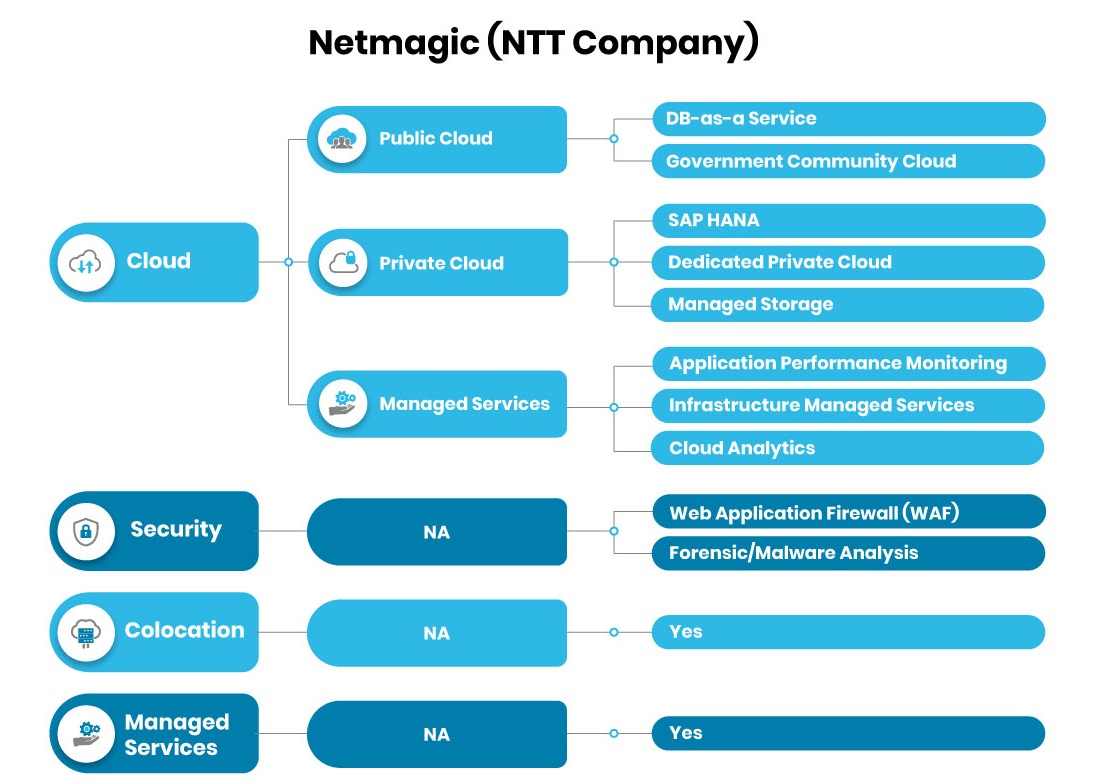
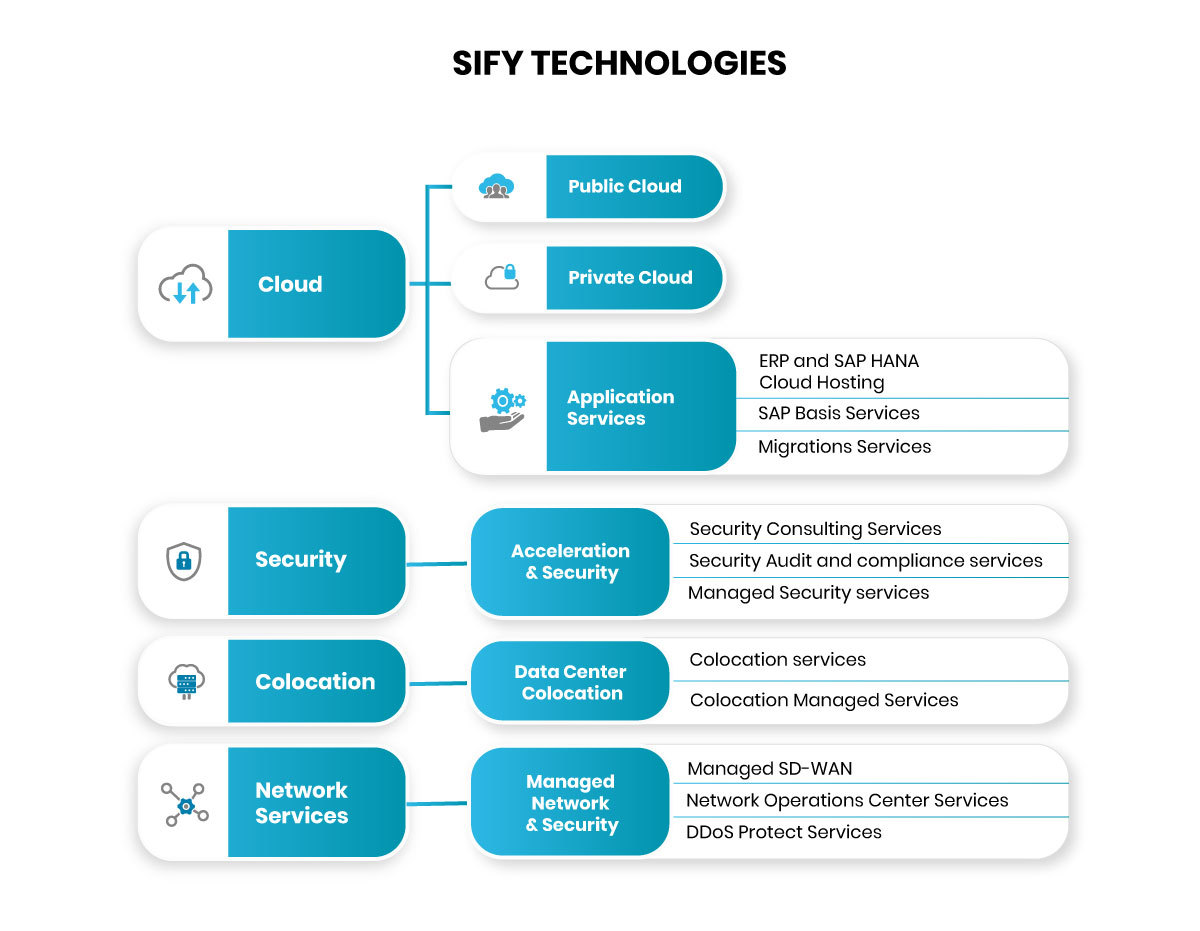
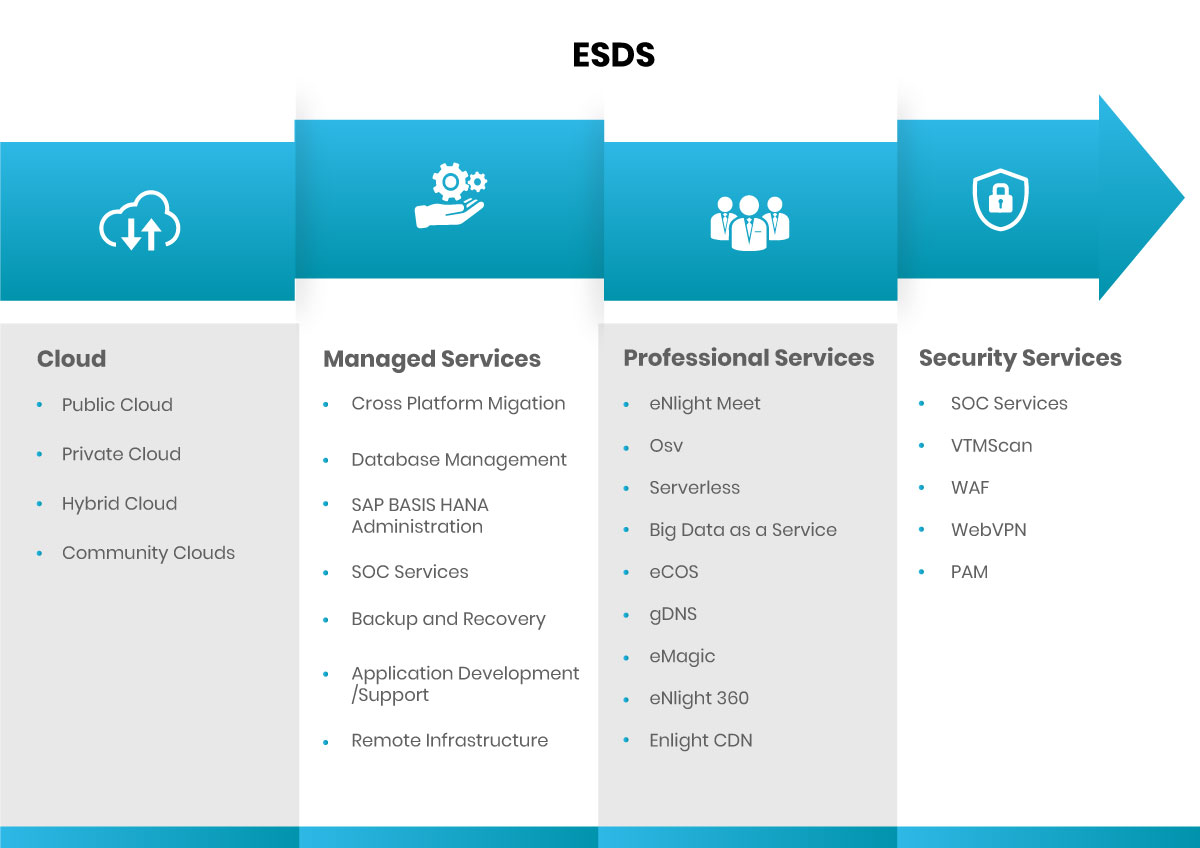
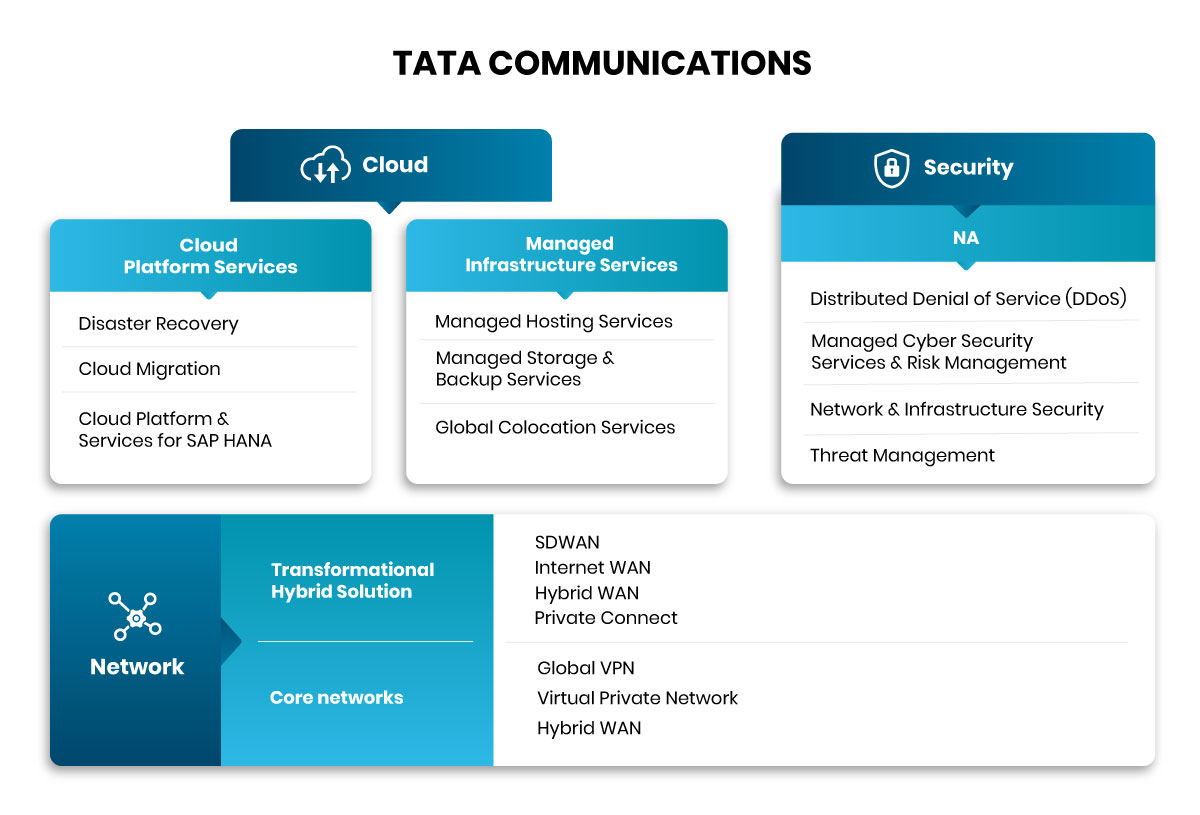
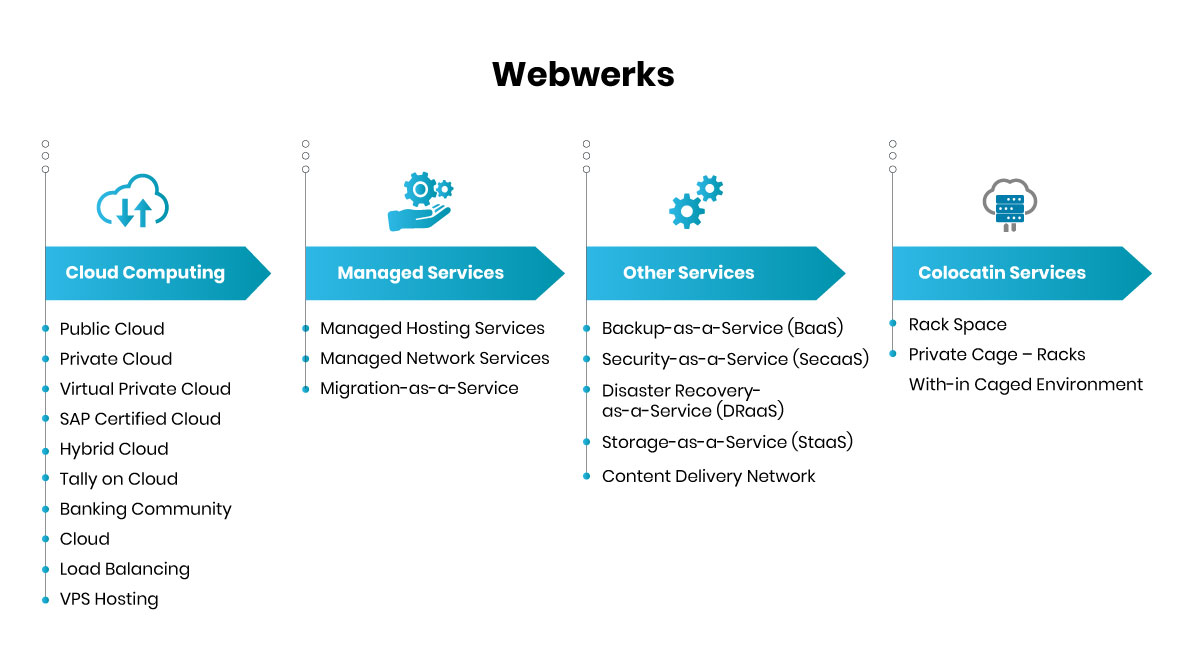
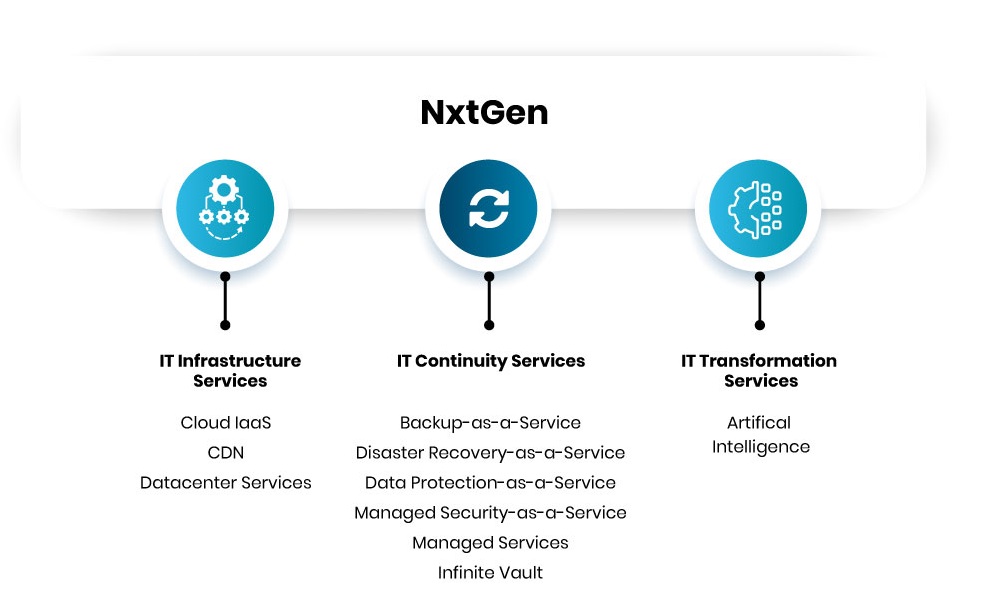
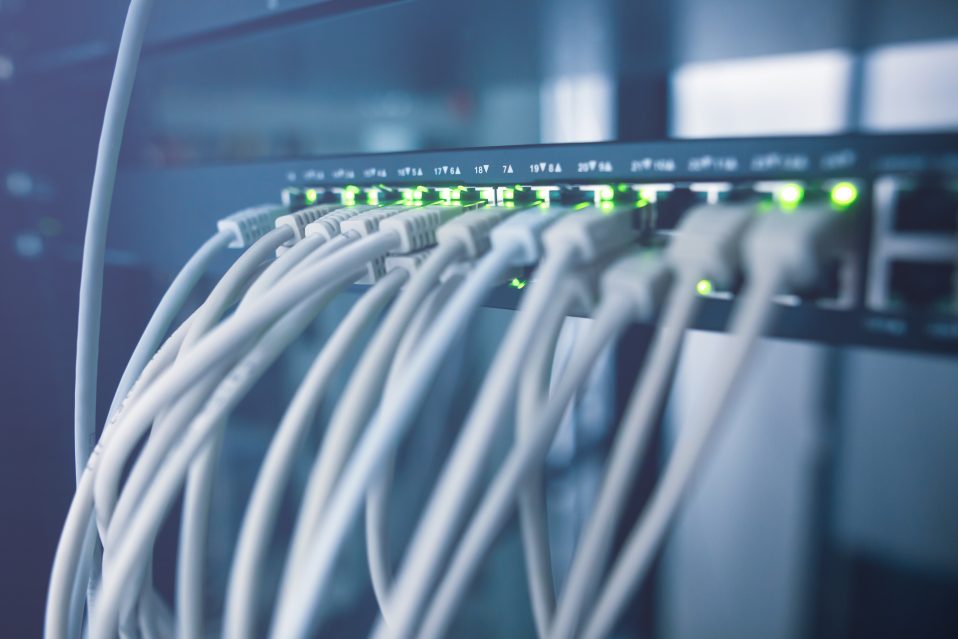
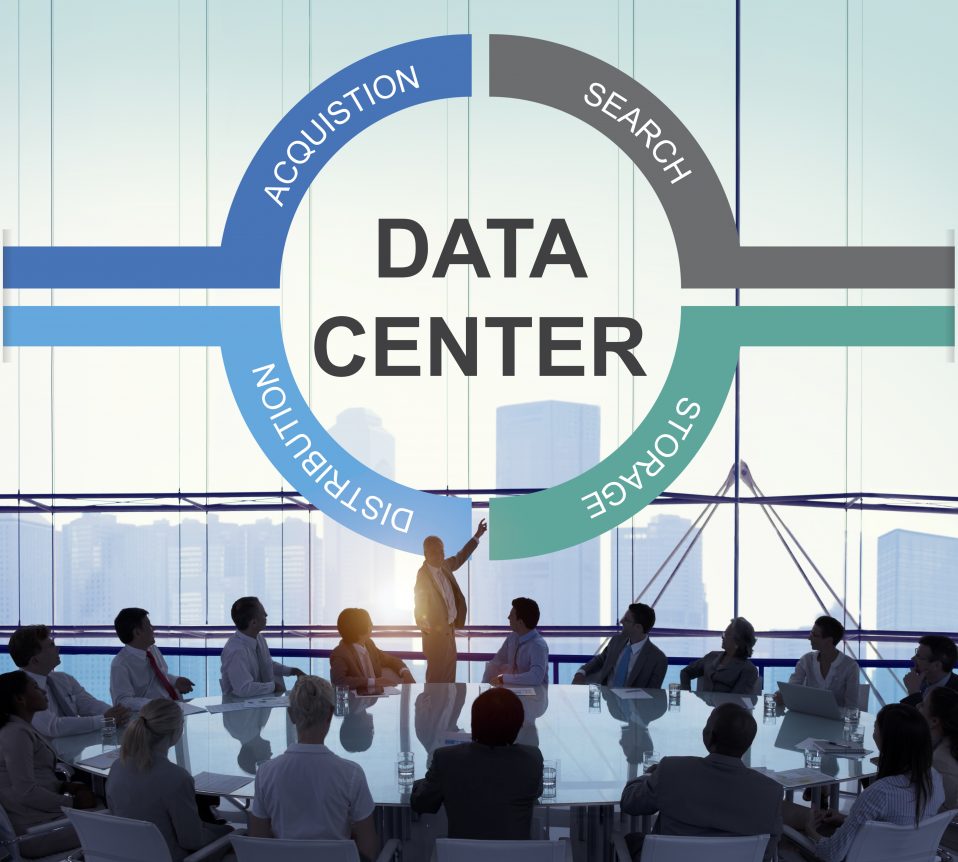
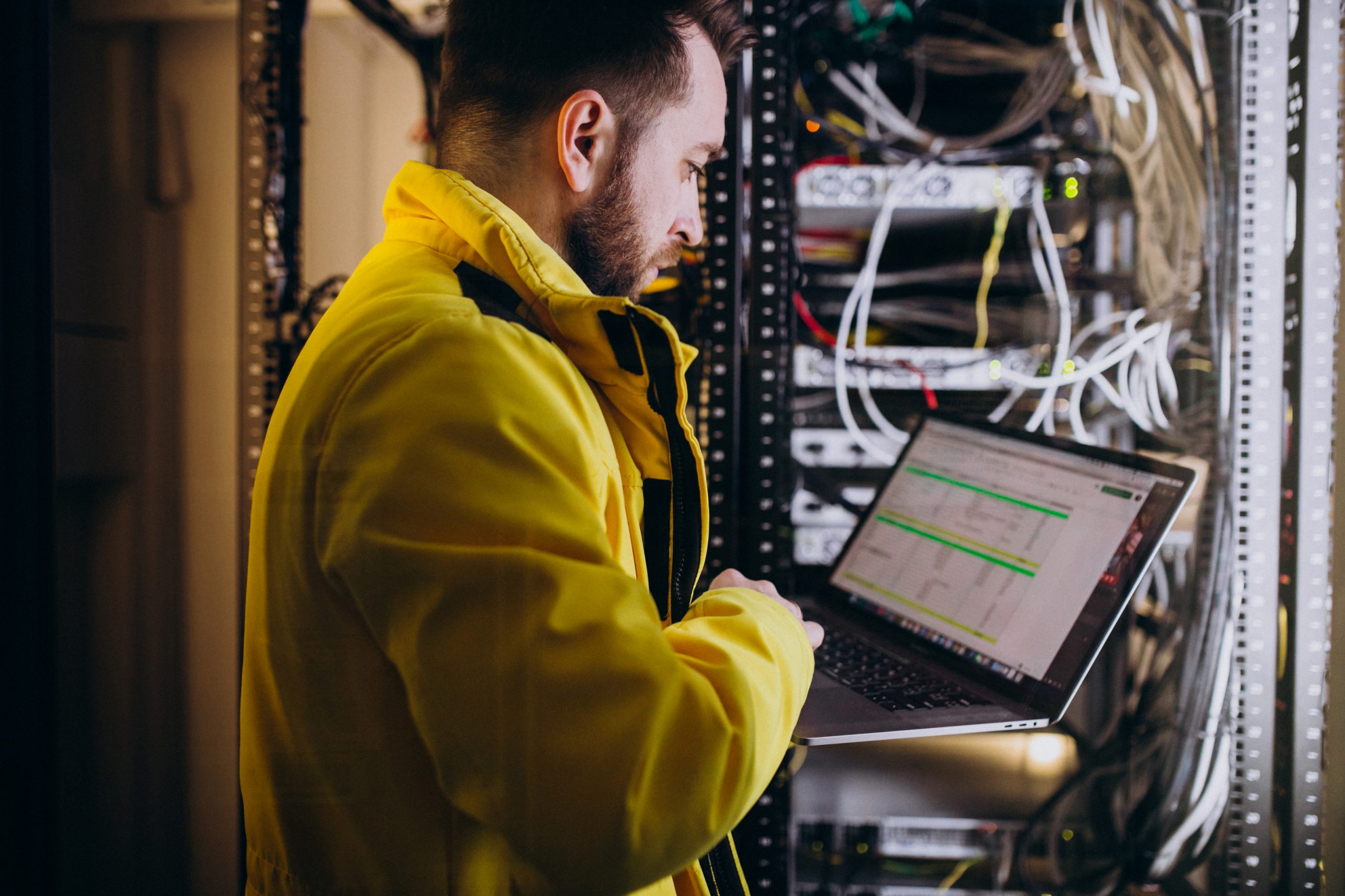
Recent Comments